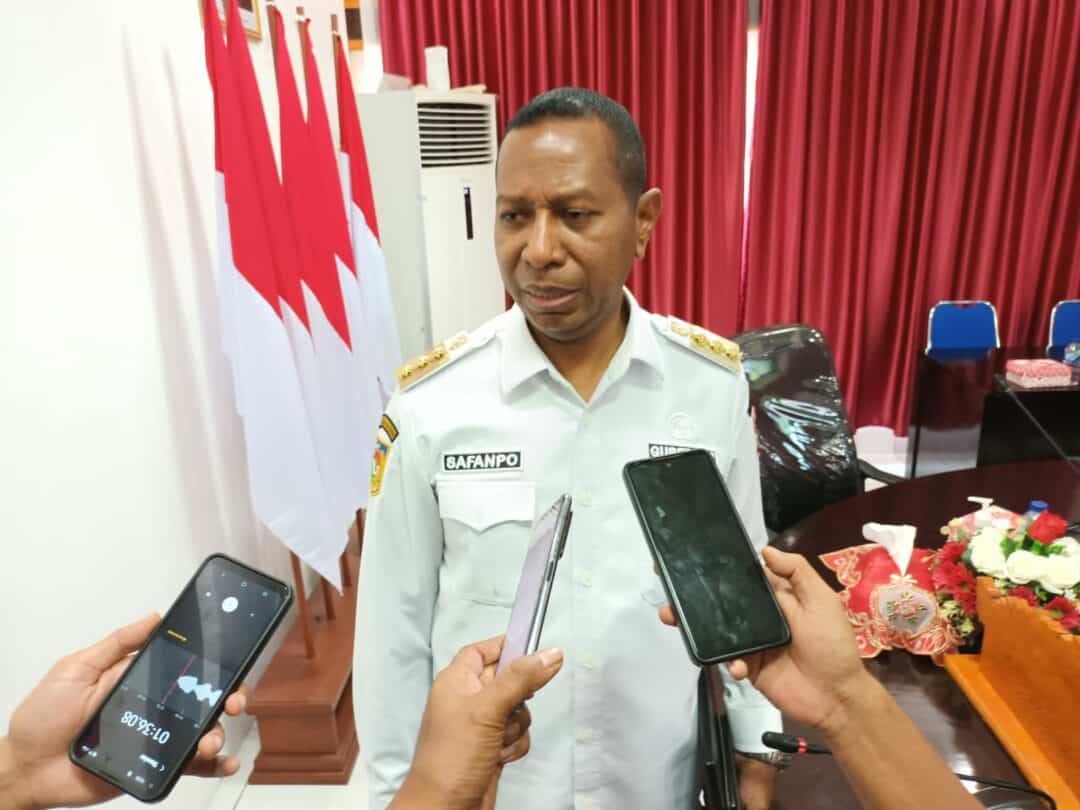Merauke, Jubi – The government in South Papua is actively promoting the formulation of a Regional Spatial Plan (RTRW) for the newly established province. This initiative aims to streamline governance, enhance efficiency, and optimize public services in the region, according to Acting Governor Apolo Safanpo.
Safanpo shared with reporters that a recent focus group discussion (FGD) and public consultation centered on the RTRW and the strategic environmental assessment (KLHS) of the plan.
Stressing the importance of bolstering economic capacity, infrastructure, human resources, and natural resource management in compliance with legal mandates under regional autonomy, Safanpo highlighted the significance of the RTRW in advancing these goals.
The creation of the RTRW for South Papua Province is mandated by Law Number 14 of 2022, pertaining to its establishment.
“Upon completion of the preparation and subsequent stages, the RTRW will be formulated into a regional regulation for the province, eagerly anticipated not only by the provincial government but also by district administrations such as Merauke, Boven Digoel, Mappi, Asmat, and stakeholders including business entities,” Safonpo said.
Emphasizing the parallel preparation of a Strategic Environmental Assessment for the RTRW, Safanpo emphasized the need for sustainable development principles to be ingrained and integrated into the region’s policies, plans, and programs.
South Papua Province boasts diverse ecosystems, including tropical rainforests, mangroves, and savannas, housing a rich variety of flora and fauna. Safanpo underscored the need for development processes to align with environmental management and protection principles to ensure economic growth, welfare enhancement, and environmental preservation progress in harmony.
“The region’s high biodiversity necessitates a development approach that harmonizes economic growth, welfare improvements, and environmental conservation,” Safanpo concluded. (*)


